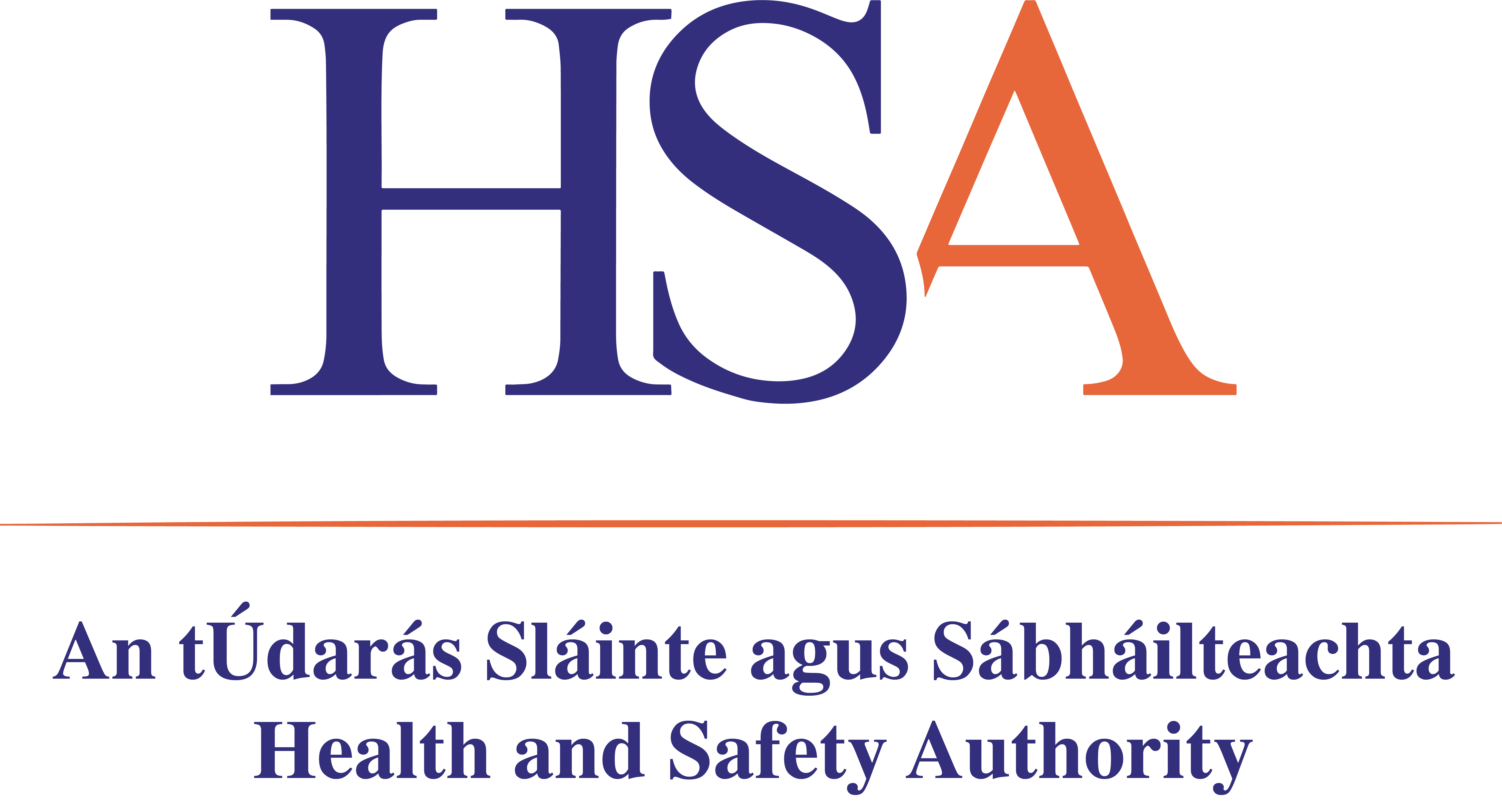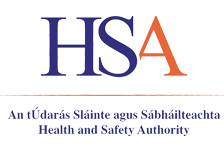Codes of Practice for Diving
The Safety, Health and Welfare at Work (Diving) Regulations 2018 (S.I. No. 254 of 2018) come into force on 1st May 2019. These Regulations will apply to anyone who dives for work purposes.
To accompany the Regulations there will be two Codes of Practice:
- The Code of Practice for Inland Diving and Inshore Diving, and
- The Code of Practice for Offshore Diving
The Code of Practice for Inland Diving and Inshore Diving will apply to diving in inland and inshore waters, for example, in docks, harbours, rivers, culverts, canals, lakes, ponds, reservoirs, tanks and swimming pools, where the dives are less than 50 Metres in depth and do not fall under the Offshore Code of Practice.
Download the Code of Practice for Inland Diving and Inshore Diving (PDF)
The Code of Practice for Offshore Diving will apply to any diving in relation to gas and oil installations, pipeline and cable works and alternative energy resources. This Code of Practice will also apply to diving from a dynamically positioned (DP) vessel (i.e. a vessel held in position by its thrusters). Any diving deeper than 50 metres or using closed bell or saturation diving methods will also fall under this Code of Practice.
Download the Code of Practice for Offshore Diving (PDF)
The consultation will be carried out for a period of 4 weeks, closing on Friday 23rd November 2018 at 17.00 hours.

